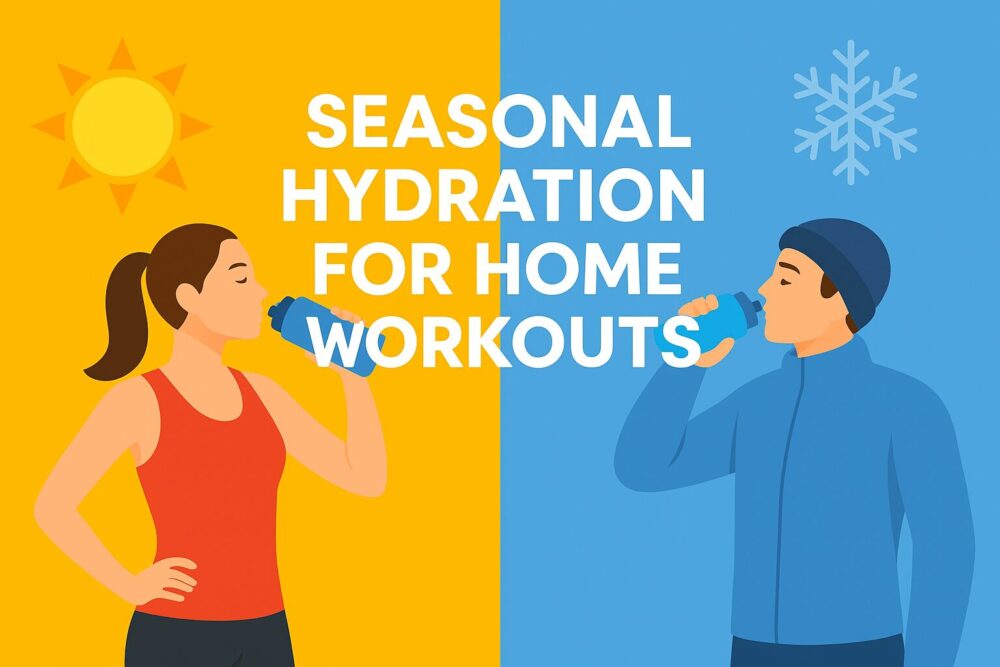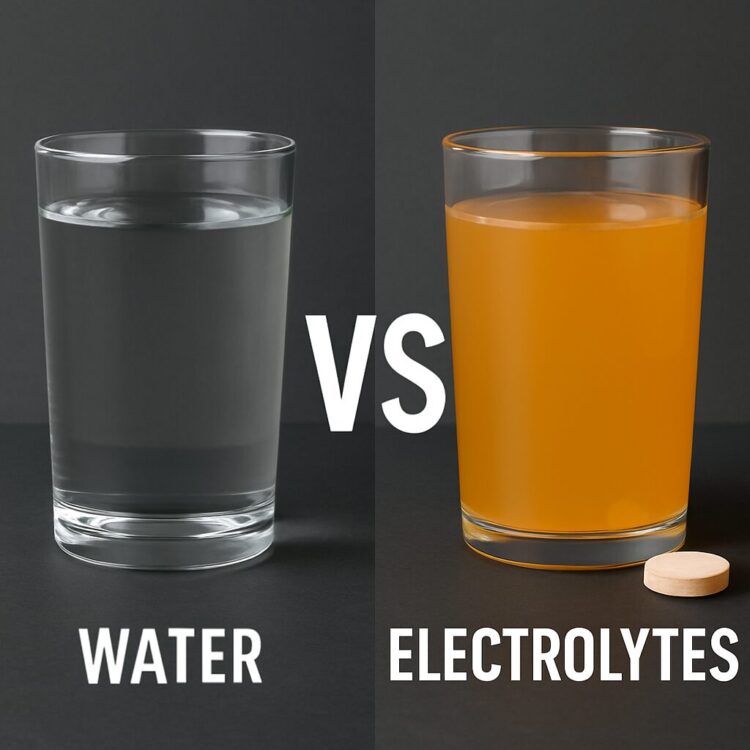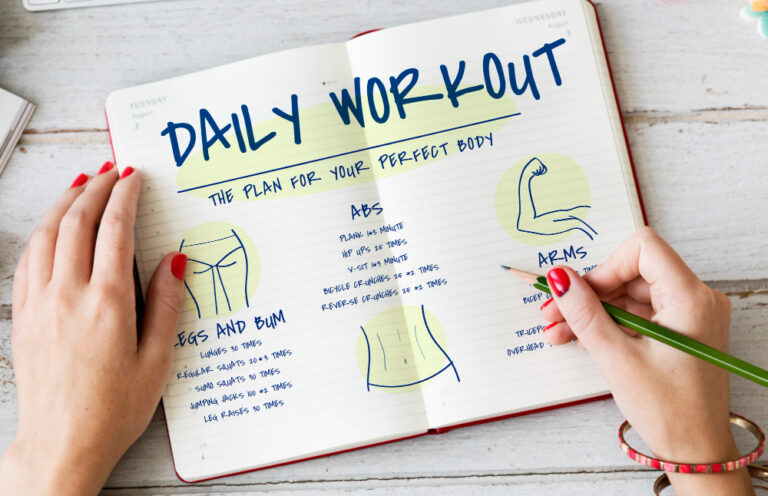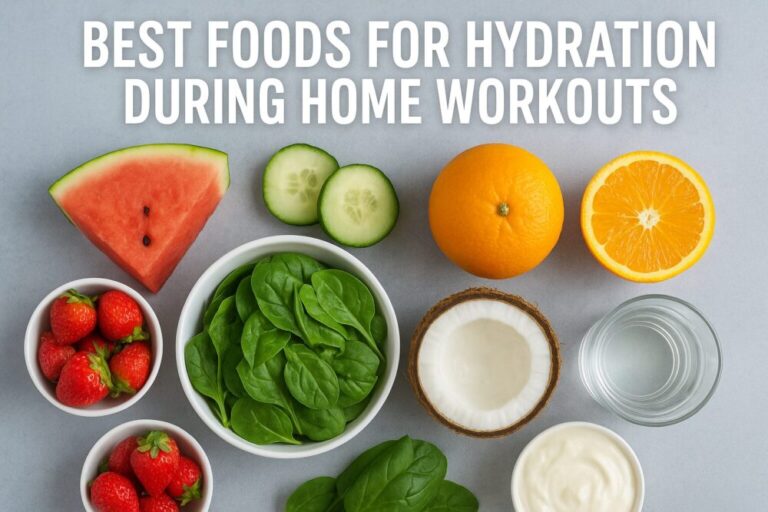Most people assume hydration only matters in summer. But here’s the truth: winter can dehydrate you just as much as summer-sometimes even more-without you realizing it.
If you are committed to home workouts, understanding seasonal hydration for home workouts is critical. Because the way your body responds to summer heat versus winter cold dramatically changes your fluid requirements, your electrolyte balance, and even your perception of thirst.
This guide breaks down everything you need to know about seasonal hydration for home workouts, from the hidden dangers of cold-weather dehydration to smart summer hydration hacks, so you never let fluid loss sabotage your progress again.
Seasonal Hydration for Home Workouts: Summer Challenges
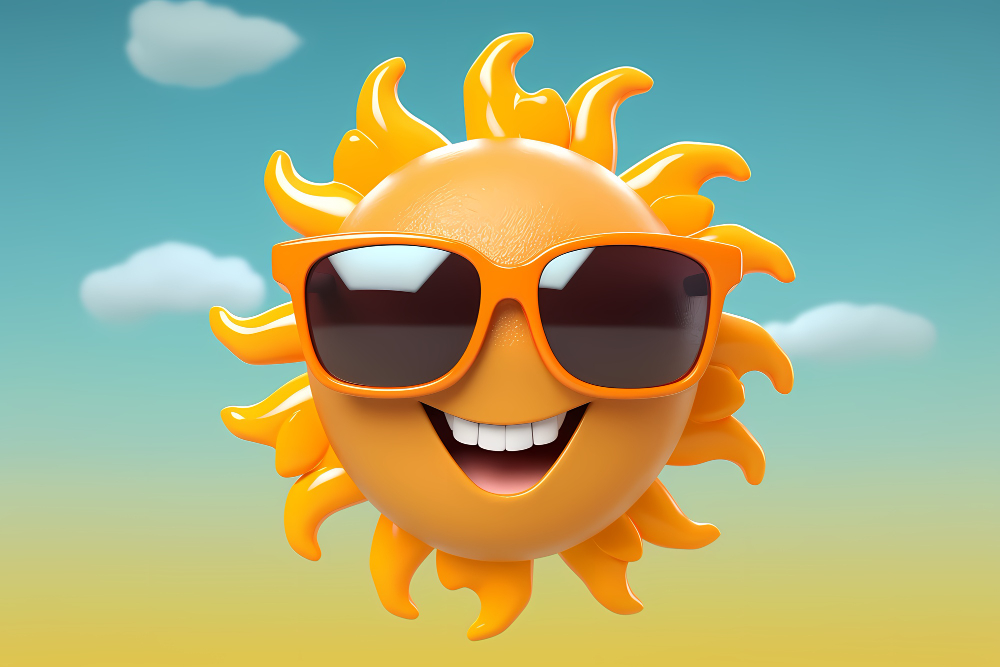
Summer is the season when having a proper hydration for home workouts becomes most obvious. The combination of heat, humidity, and indoor training intensity puts tremendous pressure on your fluid balance. Even if you’re training in an air-conditioned space, your body generates significant heat during exercise, and your cooling system-sweating-demands constant hydration.
Why Hydration Is Harder in Summer
- Increased Sweat Rate
During hot weather, your body relies heavily on sweat to regulate core temperature. Even short HIIT sessions, kettlebell circuits, or strength training can lead to 1–2 liters of sweat loss per hour. Training at home without proper ventilation or fans can make the sweat rate even higher, leading to rapid dehydration. - Electrolyte Depletion
Sweat is not just water, it contains sodium, potassium, magnesium, and chloride, all of which are vital for muscle contraction, nerve signaling, and energy metabolism. When these electrolytes drop, you may experience early fatigue, dizziness, or muscle cramps. Over time, electrolyte imbalance also slows down muscle recovery, making it harder to stay consistent with your training. - Faster Dehydration Risk
A loss of just 2% of body weight in fluids can reduce physical performance by up to 25% and significantly impair focus, reaction time, and endurance (Source). For home fitness enthusiasts, this means your workout feels harder, progress slows, and recovery takes longer. - False Sense of Hydration
Many people drink only when thirsty, but thirst is a delayed signal. By the time you feel thirsty in summer, you may already be moderately dehydrated. With air conditioning masking sweat loss, it’s easy to underestimate your hydration needs.
Actionable Hydration Plan for Summer Home Workouts
A structured hydration routine can protect performance and reduce post-workout fatigue:
1. Pre-Workout Hydration
- Drink 16–20 oz (500–600 ml) of water 2–3 hours before exercise.
- If your session lasts longer than 45 minutes, add a small amount of electrolytes (a low-sugar sports drink or electrolyte tablet).
- Include water-rich foods in pre-workout meals, such as oranges, cucumbers, or strawberries, to boost baseline hydration.
2. During Workout Hydration
- Sip 7–10 oz (200–300 ml) every 15–20 minutes of activity.
- Keep a smart water bottle or a marked container nearby to track your intake. Many home exercisers unknowingly under-drink simply because they don’t measure.
- For longer or high-intensity workouts, alternate plain water with an electrolyte solution to maintain sodium balance.
3. Post-Workout Rehydration
- Weigh yourself before and after the session. For each pound lost, replenish with 20–24 oz (600–700 ml) of fluid.
- Choose a recovery drink that combines water, electrolytes, and protein, this accelerates both hydration and muscle repair. A simple option is a smoothie with Greek yogurt, banana, and added electrolytes.
- Spread your rehydration over the next 2–3 hours instead of chugging all at once to avoid bloating.
Smart Summer Tips
- Train in early mornings or late evenings to reduce heat stress.
- Use lightweight, moisture-wicking clothing.
- Incorporate hydrating foods like watermelon, cucumber, and oranges.
Seasonal Hydration for Home Workouts: Winter Challenges

Most people assume winter is “safe” from dehydration, but the reality is different. Seasonal hydration for home workouts in cold weather is just as important as in the summer, and in some cases, it’s even harder to manage because dehydration is less obvious.
While you may not be drenched in sweat like you are during hot-weather training, your body is still losing fluids at a significant rate. If you don’t adjust, you risk fatigue, muscle cramping, and reduced recovery, all of which can sabotage your progress at home.
Why Hydration Is Often Ignored in Winter
- Suppressed Thirst Response
Cold air changes how your body perceives thirst. Studies show that your brain reduces the urge to drink by up to 40% in cold environments (source). This means by the time you feel thirsty in winter, you may already be dehydrated. Unlike summer, when sweat is a constant reminder, winter tricks you into underestimating fluid loss. - Respiratory Water Loss
Every exhaled breath contains water vapor. In cold, dry air, this respiratory loss increases significantly. If you’ve ever noticed foggy breath in winter, that’s water leaving your body. Over the course of a 45-minute HIIT or yoga session at home, this can add up to several hundred milliliters of lost fluid. - Cold-Induced Diuresis
The body reacts to cold by constricting blood vessels to preserve core warmth. This shift increases urine production, a phenomenon called cold-induced diuresis. The result? More bathroom trips and higher fluid loss, often unnoticed because you don’t feel thirsty at the same time. - Sweat Under Layers
Winter workouts often mean training in sweatshirts, thermal layers, or long sleeves, especially if your home gym is in a basement or garage. These layers trap sweat, making it less noticeable. Even moderate sweat loss, if ignored, can lead to electrolyte imbalances and slower muscle recovery.
Together, these factors make winter dehydration a “hidden problem” that many home fitness enthusiasts underestimate.
Actionable Hydration Plan for Winter Home Workouts
To maintain peak performance and recovery, you need a proactive hydration plan in cold months:
- Pre-Workout: Start your day with 8–12 oz of warm water or caffeine-free tea to counteract overnight fluid loss. If training early in the morning, hydrate immediately after waking. This small step boosts circulation and prevents beginning your workout in a dehydrated state.
- During Workout: Sip 4–6 oz every 20 minutes, even if you don’t feel thirsty. A smart trick is to set a timer or use a fitness tracker reminder to keep your fluid intake consistent. For longer workouts (45–60 minutes or more), consider adding a pinch of electrolytes to your water.
- Post-Workout: Recovery hydration is often overlooked in winter. Replace lost fluids steadily through the rest of your day with warm soups, broths, or herbal teas. These not only rehydrate, but also help restore electrolytes and provide warmth, a bonus in colder environments.
If you’re a senior exercising at home, hydration is even more critical. Age reduces both thirst perception and kidney efficiency, making dehydration risks higher. For targeted strategies, see our hydration plan for seniors.
Smart Winter Tips
- Set alarms or hydration reminders during training.
- Keep a thermos of warm water near your workout mat.
- Use indoor humidifiers to reduce respiratory water loss.
Summer vs Winter Hydration: A Side-by-Side Comparison
| Factor | Summer Hydration | Winter Hydration |
|---|---|---|
| Sweat Loss | High (visible) | Moderate but hidden |
| Thirst Sensation | Strong | Suppressed |
| Fluid Needs | 0.7–1 liter/hour | 0.4–0.7 liter/hour |
| Extra Risks | Heat stroke, electrolyte depletion | Cold diuresis, unnoticed dehydration |
| Best Fluids | Cold water + electrolytes | Warm water, herbal teas, broths |
This comparison highlights why a one-size-fits-all hydration plan fails. Customization is key, something you can achieve easily with our free Water Intake Calculator.
How Hydration Affects Performance and Recovery
Hydration isn’t just about quenching thirst, it’s a performance enhancer and recovery accelerator. Water regulates temperature, transports nutrients, lubricates joints, and supports nearly every physiological process tied to exercise.
Even a 1–2% drop in body water has been shown to impair physical and cognitive performance (source). For home fitness enthusiasts, this means that skipping a water bottle during your session can limit your results without you realizing it.
Muscle Strength and Power Output
Dehydration directly impacts muscle contraction. When fluid levels are low, electrolyte imbalances interfere with the nerve signals that trigger muscle contractions. This results in weaker lifts, reduced grip strength, and earlier onset of fatigue.
A study found that even mild dehydration reduced maximal strength and increased perceived exertion during resistance training . For those doing home weight training or resistance band workouts, this can mean struggling with a set you normally complete with ease.
Endurance and Cardiovascular Strain
Hydration status influences cardiovascular efficiency. When dehydrated, your plasma volume drops, making your heart work harder to pump blood and deliver oxygen to working muscles. This leads to increased heart rate, faster fatigue, and reduced endurance capacity.
For cardio sessions like HIIT, treadmill runs, or jump rope workouts at home, dehydration makes workouts feel harder than they should be, slowing progress over time.
Cognitive Performance and Coordination
Hydration isn’t only about muscles, it’s also about the brain. Low fluid intake impairs concentration, short-term memory, and reaction time.
This is especially critical for home workouts that require balance, timing, and coordination, such as yoga, Pilates, or plyometric routines. Poor focus can lead to sloppy form, higher injury risk, and lower workout quality. Staying hydrated ensures sharper focus and smoother performance.
Recovery and Muscle Repair
Hydration continues to matter long after your last rep. Water plays a vital role in:
- Glycogen Resynthesis: After training, your body converts carbohydrates into glycogen, the stored energy for future workouts. This process is less efficient when hydration is inadequate.
- Nutrient Transport: Fluids help shuttle amino acids, glucose, and electrolytes into cells, key for muscle repair and growth.
- Inflammation Control: Adequate hydration supports lymphatic function, which helps clear metabolic waste and reduce post-exercise soreness.
Without proper rehydration, recovery slows, soreness lingers, and your next workout performance may suffer.If you’re training for strength at home, our Hydration Plan During Home Muscle-Building Workouts, will break down fluid strategies designed to maximize muscle repair and growth.
Common Mistakes in Seasonal Hydration
- Only drinking when thirsty: By the time you feel thirsty, you’re already 1–2% dehydrated.
- Ignoring electrolytes in hot months: Water alone isn’t enough for long, sweaty sessions.
- Skipping hydration in cold weather: The “I don’t sweat much” assumption is one of the biggest hydration myths about fitness.
- Overhydration: Rare, but possible when drinking excessive water without electrolytes.
Seasonal Hydration Myths Busted
- “You don’t need as much water in winter.”
False. Fluid loss through respiration and diuresis still adds up. - “Sports drinks are always the best option.”
False. For short workouts, plain water is usually sufficient. Electrolytes are necessary for sessions longer than 45 minutes. - “Coffee dehydrates you.”
False. Moderate coffee intake contributes to daily hydration (source).
We’ve covered all the myths about hydration that fitness enthausiats must stop believing Here.
Conclusion
A proper seasonal hydration for home workouts is not a luxury, it’s a necessity. In summer, focus on sweat replacement and electrolytes. In winter, don’t let suppressed thirst trick you into under-hydration.
By following this structured hydration plan, using smart seasonal hacks, and personalizing intake with our calculator, you’ll maximize your performance and recovery.
Take action today: Use our Water Intake Calculator and customize your seasonal hydration plan, because your body deserves more than guesswork.
FAQ
How much water should I drink before a home workout in summer vs. winter?
In summer, aim for 16–20 ounces (500–600 ml) about 2 hours before exercise to offset sweat loss. In winter, hydration is just as important—try 12–16 ounces (350–475 ml) since you may not feel as thirsty but still lose fluids through breathing in dry air.
Do I need electrolytes for short home workouts?
Early signs include dry mouth, fatigue, dizziness, or darker urine color. Even a 2% loss in body water can impair endurance and strength. Use cues like urine color and thirst, but for more accuracy, try tracking with a hydration calculator tool.
How can I tell if I’m dehydrated during a workout?
Early signs include dry mouth, fatigue, dizziness, or darker urine color. Even a 2% loss in body water can impair endurance and strength. Use cues like urine color and thirst, but for more accuracy, try tracking with a hydration calculator tool.

